It's tough marketing these days. How do you reach potential customers or clients at the right time when they're ready to buy? Thankfully, there's a strategy that allows you to track customers at their exact stage in the sales process and market when they're ready to make a purchase.
Lifecycle marketing is a strategy that focuses on the different stages of a customer's journey with a brand, and tailors marketing efforts to meet their needs and interests at each stage. The goals are to build strong and lasting relationships with existing customers and to maximize their lifetime values.
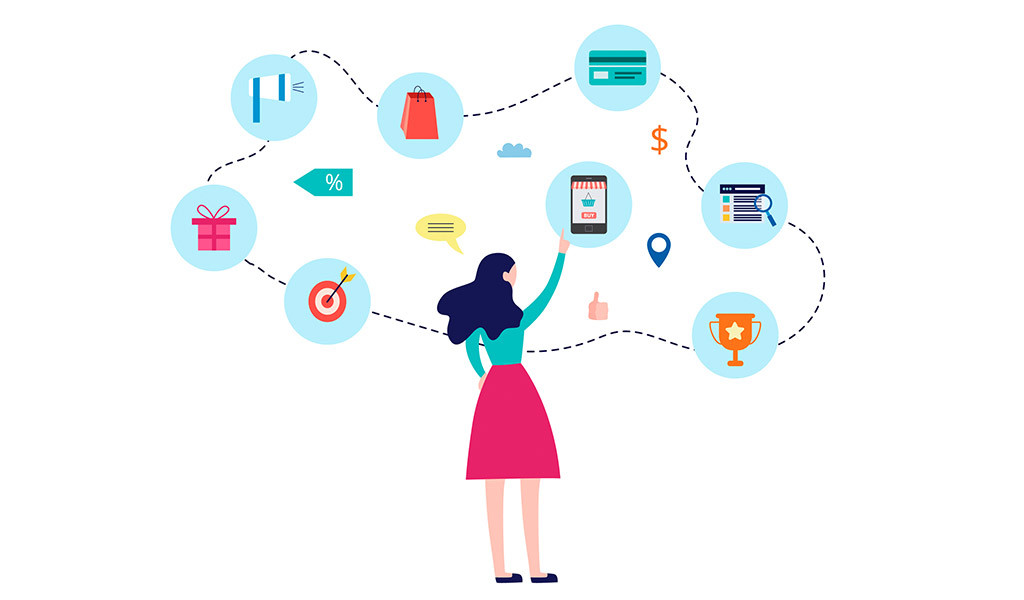
In this guide, we'll discuss the different stages of the customer lifecycle and the tactics you can use to effectively engage customers at each stage.
What is Lifecycle Marketing?
We define lifecycle marketing as:
Creating a managed communications or contact strategy to prioritize and integrate the full range of marketing communications channels and experiences to support prospects and customers on their path-to-purchase using techniques such as persuasive personalized messaging and re-targeting.
To enable this, we're fortunate today to have many MarTech options for marketing automation, so we can create a coordinated contact strategy to engage audiences through:
- Automated email & SMS marketing like welcome, nurture and win-back sequences
- Display ad retargeting, e.g. via Google Ads Display Network remarketing
- On-site personalization recommending next best product, offer, or content to convert
- Social media retargeting is available on Facebook, Instagram, Twitter and LinkedIn
- Marketing Automation pushing potential clients through a marketing sequence.
Brief History for Nerds
The concept of lifecycle marketing has been around for decades, but it has evolved over time as technology and consumer behavior have changed.
Before we get into the marketing lifecycle concept and why it works, let’s go back in history. The concept of marketing stages originated with the AIDA model – awareness, interest, desire, action – developed by E. St. Elmo Lewis in 1898.
As early as 1904, the model was illustrated as a chart, with each stage influencing and leading to the next stage. Here’s how it looked in the 1904 January-June issue of Salesmanship: A Magazine:

The idea of a “funnel” didn’t come into play until about 1924 when William Townsend wrote about it in his book, Bond Salesmanship.
As the digital landscape continues to evolve, it's likely that lifecycle marketing will continue to evolve as well. Businesses that stay attuned to the changing needs and behavior of their customers will be best positioned to succeed in the long run.
The customer lifecycle is broken down into six main stages.
Now that we've went over the history, let's discuss the different stages of lifecycle marketing the tactics you can use to effectively engage customers at each stage.
It's important to note that there may be variations across the net of what the Lifecycle Marketing Stages are, but below are generally what's noted across marketing communities.
Stage 1: Awareness
This is the stage where potential customers first become aware of your company and its products or services. The goal of this stage is to attract potential customers and generate interest in your brand. Tactics you can use to engage customers at this stage include social media advertising, search engine optimization (SEO), and content marketing.
Stage 2: Engagement
At this stage, customers are actively researching and evaluating different options to solve a problem or meet a need. The goal of this stage is to provide useful and informative content that helps customers make an informed decision. Tactics you can use to engage customers at this stage include email marketing, whitepapers, and webinars.
Stage 3: Evaluation
The evaluation stage is all about decisions. This is the time to make it easy for people to choose your brand by providing them with the right information to compare features, pricing, and value.
Stage 4: Purchase
This is the stage where customers make a purchase or take some other type of action. The goal of this stage is to provide a seamless and positive customer experience that leads to repeat business. Tactics you can use to engage customers at this stage include email marketing, customer service, and loyalty programs.
Stage 5: Support
It’s important to make sure you meet customers' needs post-purchase, since people tend to drop off after the first buy. That’s why the support stage is about following up, whether it's through email, SMS, NPS surveys, or social media, to make sure people are satisfied and maximize the value of their purchase.
Stage 6: Loyalty
At this stage, customers have already made a purchase and the goal is to keep them engaged and satisfied with the product or service they received! The goal of this stage is to increase customer lifetime value, retain customers, and foster repeat purchases or business. Tactics you can use to engage customers at this stage include email marketing, customer service, and loyalty programs.
Lifecycle Marketing Strategy
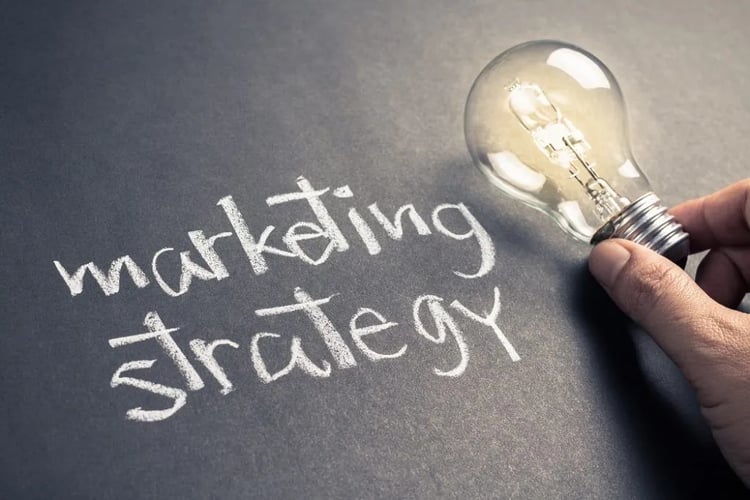
To effectively implement a customer lifecycle marketing strategy, it's important to understand where your customers are in their stage and tailor your engagement tactics accordingly.
By providing relevant and personalized experiences at each stage of the customer lifecycle, you can build stronger relationships with your customers and drive long-term growth for your business.
Below are a few tips on how to identify what Lifecycle stage your customers are in and how to convert them into lifelong customers.
1. Identify and segment your customer base
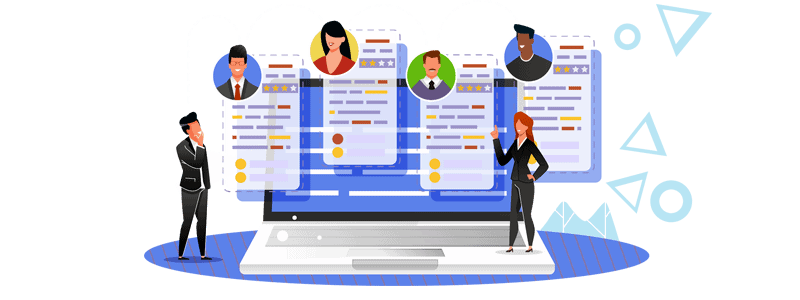
The first step in implementing a successful lifecycle marketing strategy is to identify and segment your customer base. This will allow you to tailor your marketing efforts to the specific needs and behaviors of different groups of customers.
For example, you may want to segment your customer base by demographics, purchase history, or engagement with your brand.
2. Develop a customer journey map
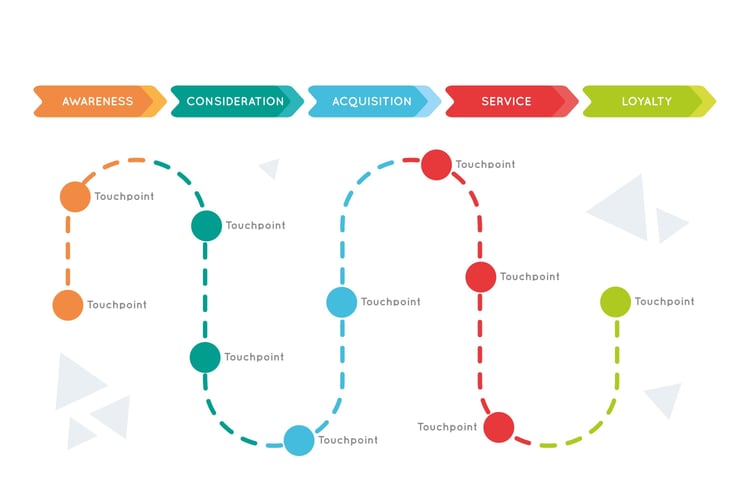
Once you have segmented your customer base, you can develop a customer journey map. This is a visual representation of the different stages that a customer goes through when interacting with your brand, from awareness to purchase and beyond.
By understanding the different touchpoints that customers have with your brand, you can develop targeted marketing campaigns that will be most effective at each stage.
3. Engage customers at the right time
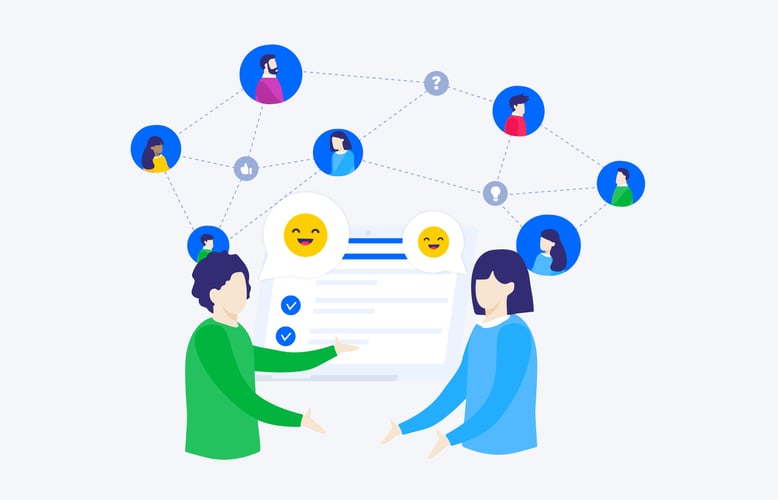
One of the key benefits of lifecycle marketing is that it allows you to engage customers at the right time. For example, if a customer is in the early stages of the journey and is just becoming aware of your brand, your marketing efforts should focus on building brand awareness and educating them about your products or services.
However, if a customer has already made a purchase, your marketing efforts should focus on upselling or cross-selling additional products or services.
4. Personalize your marketing campaigns
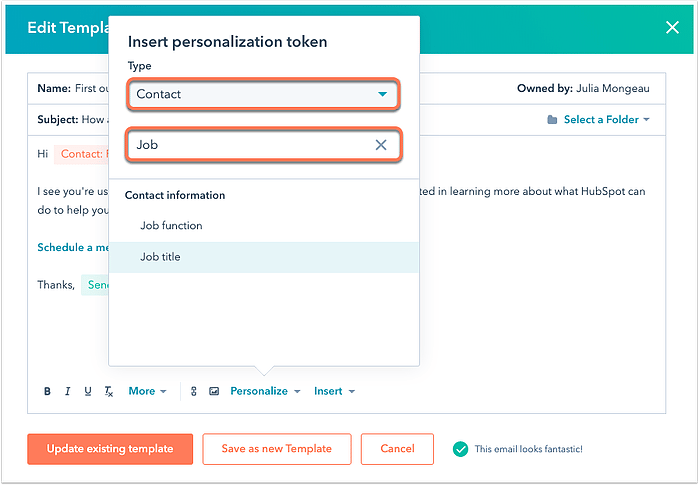
Personalization is key to successful lifecycle marketing. By tailoring your marketing efforts to the specific needs and behaviors of different groups of customers, you can create more relevant and effective campaigns.
This can be achieved through the use of data analysis and customer profiling, as well as by utilizing different marketing channels and technologies.
5. Measure and optimize
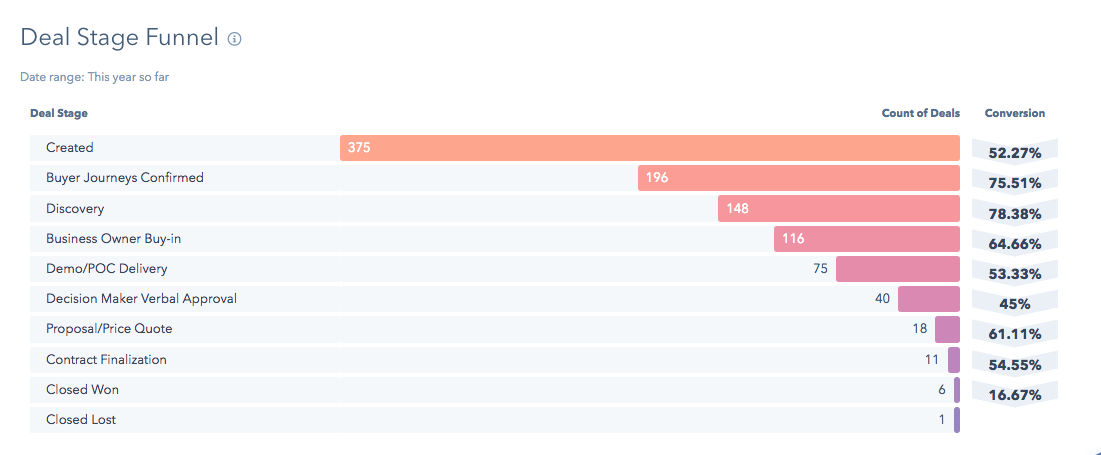
Finally, it is essential to measure and optimize your marketing efforts to ensure that you are getting the best possible ROI. This can be done by tracking key performance indicators (KPIs) such as customer acquisition cost, customer lifetime value, and conversion rates.
By analyzing this data, you can identify areas where you need to improve and make data-driven decisions to optimize your marketing efforts.
Conclusion Notes
Lifecycle marketing is a powerful strategy that can help businesses increase customer loyalty and drive a higher ROI.
By identifying and segmenting your customer base, developing a customer journey map, engaging customers at the right time, personalizing your marketing campaigns, and measuring and optimizing your efforts, you can create more effective and targeted marketing campaigns that will drive results for your business.
If you're looking to utilize Lifecycle Marketing within your business and aren't sure where to start, HarvestROI is here to help!
